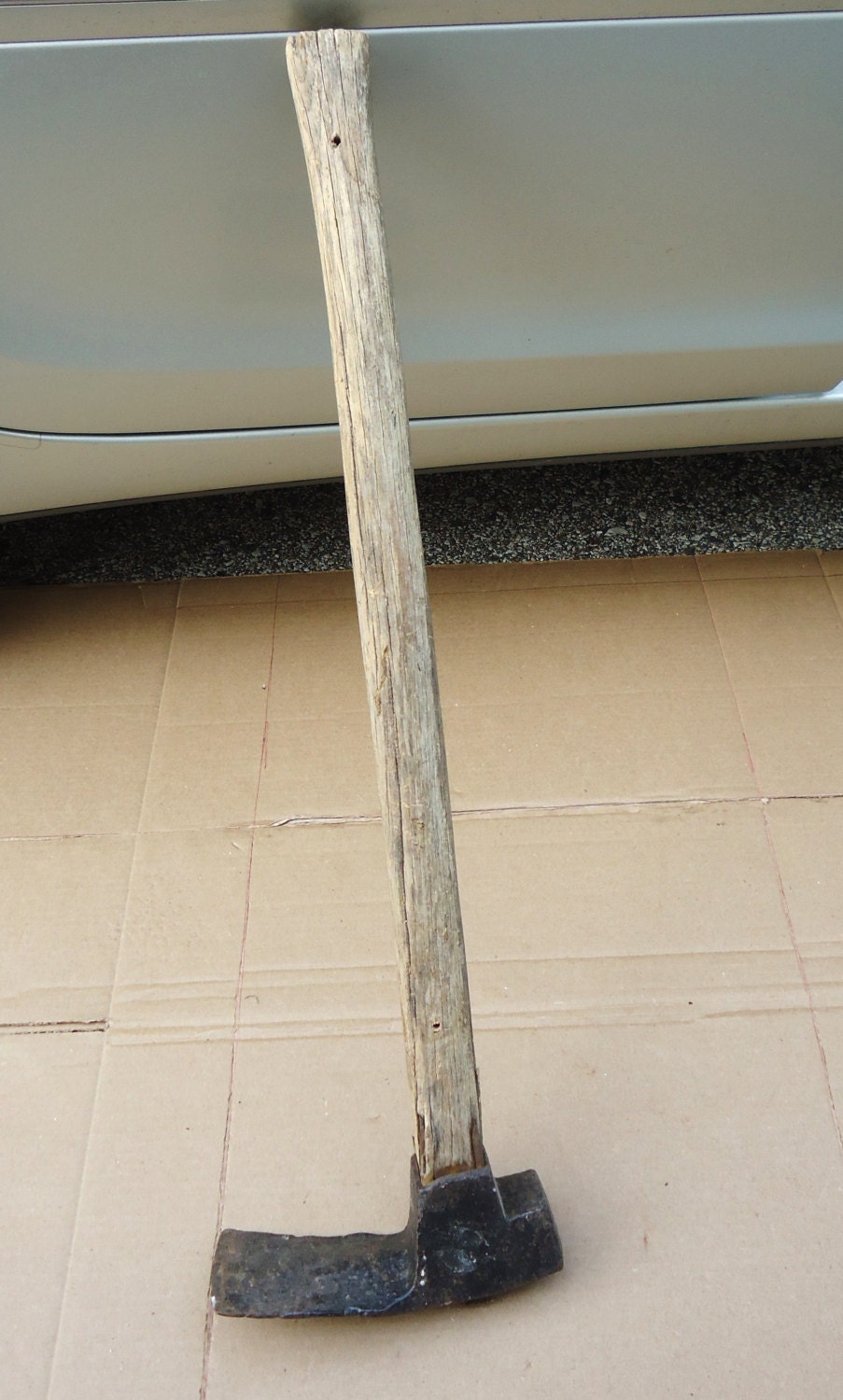

Unlike most metal artifacts sold on the market that are untreated and uncleaned, our specimens our properly cleaned, inspected and conserved in our museum conservation lab prior to being offered for sale to our clients. Collected from a region that was once occupied by the Byzantine Roman military as they fought against the challengers of the Christian Roman Empire, they were utilized by Roman soldiers in one of the many violent and frequent battles that took place in defense of Byzantium. The river served as a natural barrier against attacks from the north. In the Balkans, Roman camps and fortresses along the Danube were constantly being challenged by opposing tribes and armies. This region was the northern-most boundary of the Roman Empire for most of its duration and evolution into Byzantium right up until 1336 AD when the area fell under Ottoman rule. This item was used by the Byzantine Roman armies defending the Empire's northern border along the Danube River in the present day East Balkans.

Professionally cleaned and conserved in our museum lab facility to ensure against further deterioration. This specific adze axe was found on an ancient battlefield with a large number of other iron weapons, indicating its final use was in combat. In times of war, these axes doubled as highly effective weapons, able to defeat armor, breaking bones and crushing skulls with a single blow. The adze axe was useful in splitting wood and a fundamental tool needed to do everything from constructing military forts, to building large siege weapons such as catapulta and ballista. Aside from combat, one of the main utility tools of the Roman army was the axe.

The axe was a fundamental weapon of the Roman Byzantine soldiers - both on foot and on horseback.


 0 kommentar(er)
0 kommentar(er)
